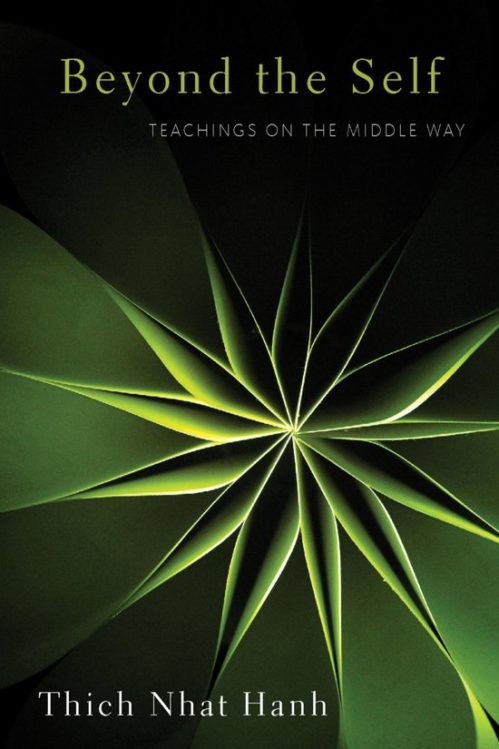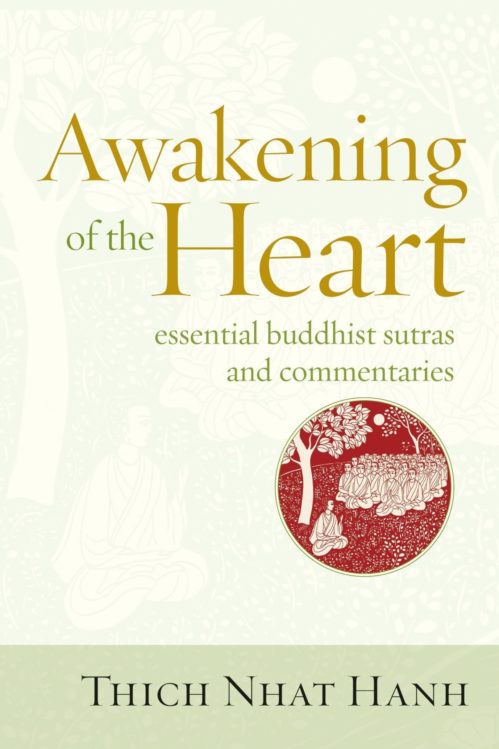I heard these words of the Buddha one time when the Lord was staying at the guest house in a forest of the district of Nala. At that time, the Venerable Kacchayana came to visit him and asked, “The Tathagata has spoken of Right View. How would the Tathagata describe Right View?”
The Buddha told the venerable monk, “People in the world tend to believe in one of two views: the view of being or the view of nonbeing. That is because they are bound to wrong perception. It is wrong perception that leads to the concepts of being and nonbeing. Kaccayana, most people are bound to the internal formations of discrimination and preference, grasping and attachment. Those who are not bound to the internal knots of grasping and attachment no longer imagine and cling to the idea of a self. They understand, for example, that suffering comes to be when conditions are favorable, and that it fades away when conditions are no longer favorable. They no longer have any doubts. Their understanding has not come to them through others; it is their own insight. This insight is called Right View, and this is the way the Tathagata would describe Right View.
“How is this so? When a person who has correct insight observes the coming to be of the world, the idea of nonbeing does not arise in her, and when she observes the fading away of the world, the idea of being does not arise in her mind. Kaccayana, viewing the world as being is an extreme; viewing it as nonbeing is another extreme. The Tathagata avoids these two extremes and teaches the Dharma dwelling in the Middle Way.
“The Middle Way says that this is, because that is; this is not, because that is not. Because there is ignorance, there are impulses; because there are impulses, there is consciousness; because there is consciousness, there is the psyche-soma; because there is the psyche-soma, there are the six senses; because there are the six senses, there is contact; because there is contact, there is feeling; because there is feeling, there is craving; because there is craving, there is grasping; because there is grasping, there is becoming; because there is becoming, there is birth; because there is birth, there are old age, death, grief, and sorrow. That is how this entire mass of suffering arises. But with the fading away of ignorance, impulses cease; with the fading away of impulses, consciousness ceases; …and finally birth, old age, death, grief, and sorrow will fade away. That is how this entire mass of suffering ceases.”
After listening to the Buddha, the Venerable Kaccayana was enlightened and liberated from sorrow. He was able to untie all of his internal knots and attain Arhatship.
Translated by Thich Nhat Hanh from Samyukta Āgama 301, in Chinese. See also Kaccānagotta Sutta, Samyutta Nikāya 12.15. Related: Channasutta, Samyutta Nikāya 22.90.




Share Your Reflections